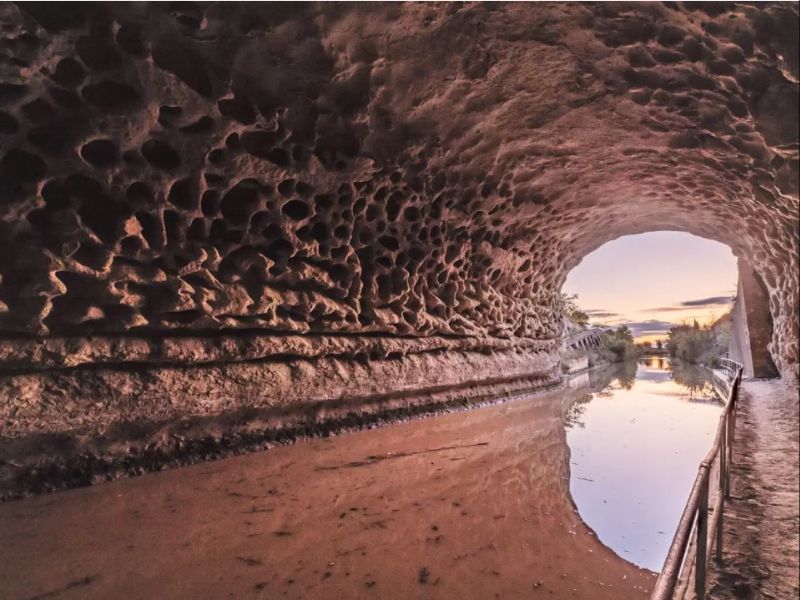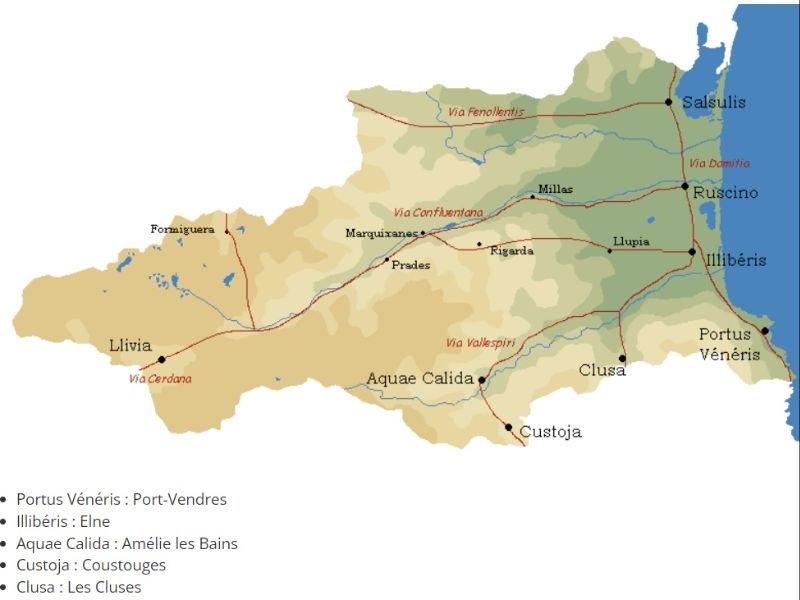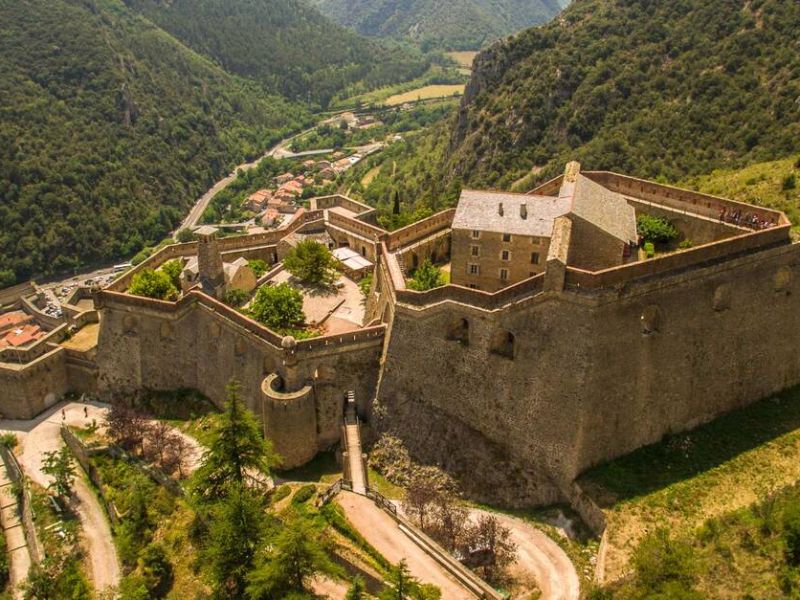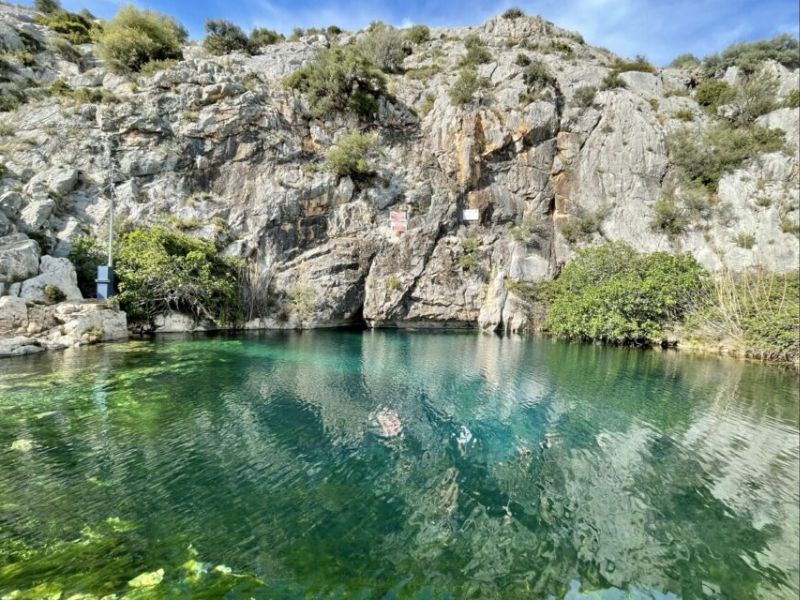Out for the day… a Medieval fortress and a Roman ruin
Step back in time with us for a fascinating day out which takes in both sides of the P-O border.
Medieval fortress
Our day starts where French Catalonia melts into the Aude, at the imposing Forteresse de Salses, squatting on the strip of land between the Corbières hills and the Leucate lagoon.
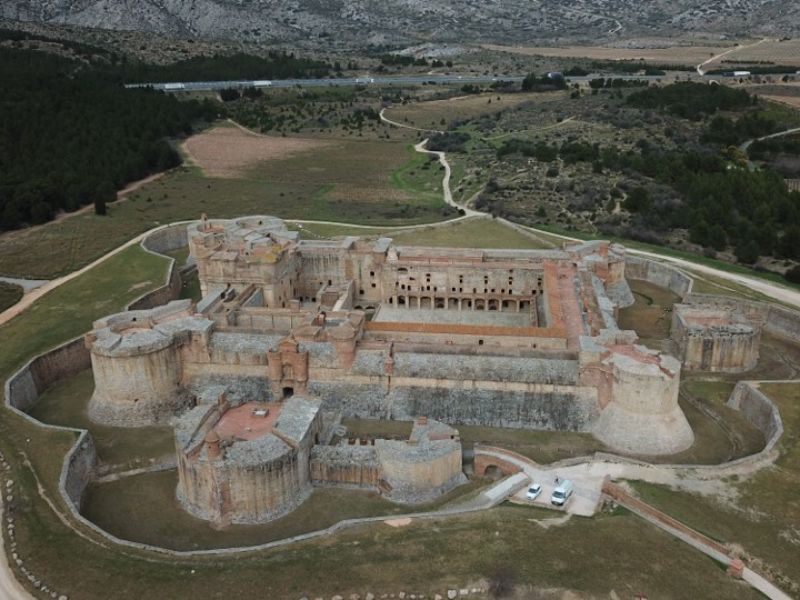
Standing on the Roman-built Via Domitia, sunk deep into the red clay earth, its defensive moat guarding the border, the château was of vital strategic importance to both French and Spanish in the XV century.
The original northern frontier post of the Spanish Kingdom of Aragon, the fort had been under attack by the Arabs and the French for centuries. It was finally handed back to France in 1659, with the signing of the Treaty of the Pyrenees.
Vauban partially restored the fort and it became a state prison for the unfortunate lady poisoners of Louis XIV’s court, before they began their life sentences in Fort Liberia, Villefranche de Conflent (another of Vauban’s masterpieces).
Capable of housing 300 horses and 1,500 men, it had 50 bakeries with provision also for sheep, pigs, and cows for milk and butter. Innovative also for its mastery of water for defence, it had flush gates to carry away overflow from the latrines, cool down the cannons and flood the moat. An ingenious Arabic-type fridge system used running water to maintain a constant 9-10 degrees to supplies fresh.

Its massive walls, up to 10 metres thick, drawbridges and a huge central courtyard remain. Too sturdy and costly to destroy, it survived the centuries and was classified a Monument Historique in 1886.
To this day, the fort is considered a prime example of the transition from medieval castle to modern fortress, providing a fascinating glimpse into military history and architecture, with an interesting guided tour in several languages available – or just a stroll round the outer walls.
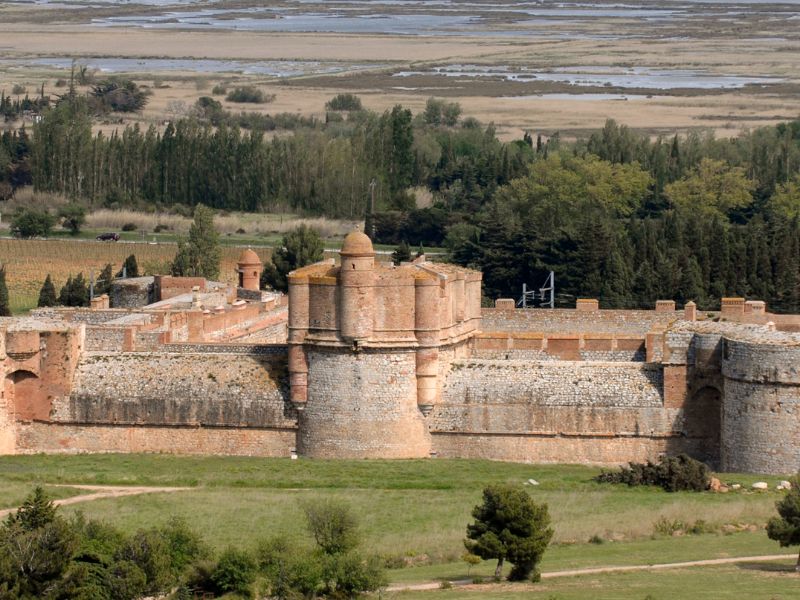
Concerts, workshops, historical reenactments and events take place regularly at this imposing venue. There is a gift and bookshop…and there are even some very un-medieval vending machines for the peckish!
Getting there
Plenty of free parking out of season, including disabled, or take a bus (n° 135 Perpignan-Salses line) or a train from Perpignan to Salses-le-Château station, and enjoy the 15-minute walk to the fort.
Website: www.forteresse-salses.fr

Roman ruin
From Salses, we head back towards the motorway and over the P-O border to our second destination, l’Oppidum d’Ensérune… unless it’s time for lunch, in which case you might want to take a bit of a detour along the Leucate étang (salt lake) to the Centre Conchylicole, delightfully authentic oyster shacks, with ultra fresh, straight-from-the-sea-to-your-plate sea food to take away or eat in on waterfront dining terraces.

If oysters make you oink, continue into Narbonne and lunch in the pretty centre before taking direction Coursan/Béziers to the Oppidum d’Ensérune.
If you love history, the archeological site of l’Oppidum, Roman name for a fortified hilltop village, will not fail to delight.
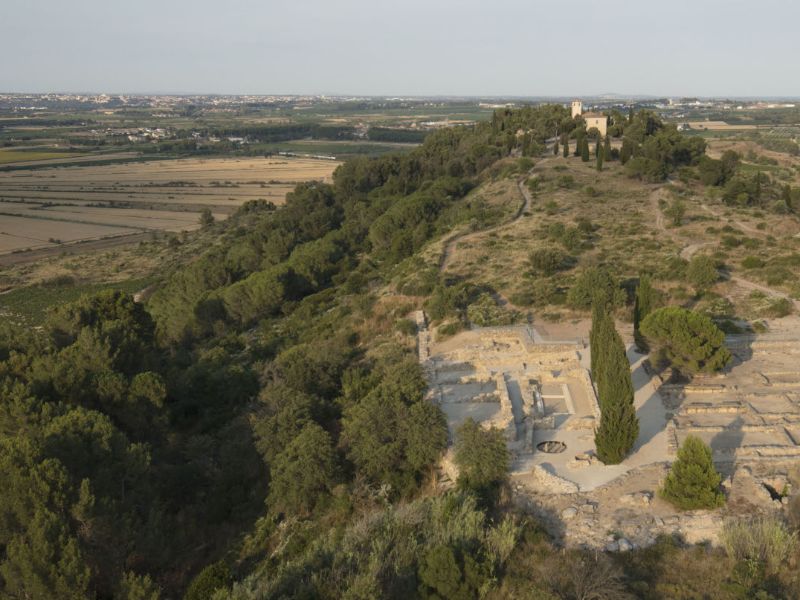
Between Béziers and Narbonne, and dating back to the middle of the 6th century BC, the ruins of the Oppidum d’Ensérune were discovered in the 1850s, at the top of an isolated hill dominating the plain. Its location was probably chosen for this elevated position as well as its proximity to the Via Domitia.
This fascinating open-air dig invites the visitor to follow a roped-off, signposted trail through the archaeological excavations, revealing vestiges of daily life in an ancient Celtic fortified town, under Roman rule.
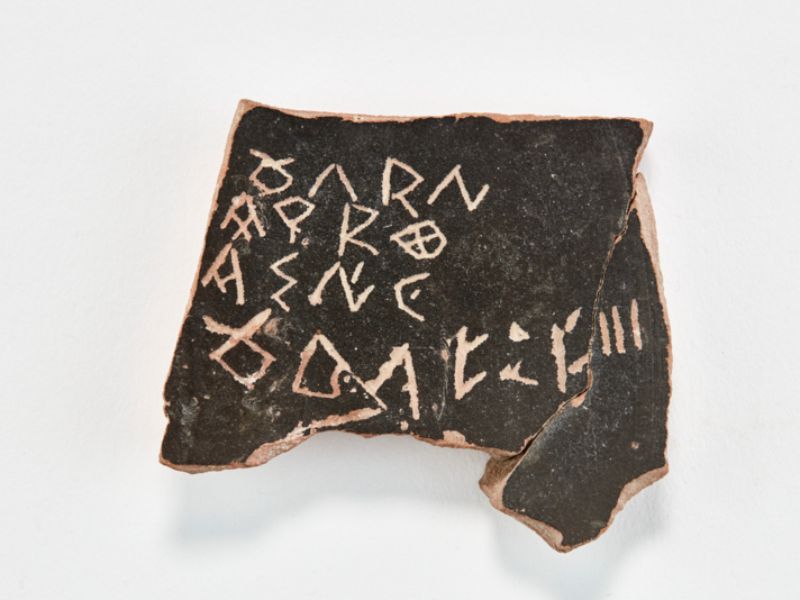
Spectacular panoramas over the Mediterranean coast, the Canigou, and towards the foothills of the Montagne Noire make this visit a delightful melange of history and beauty.
Explore the different areas restored after the excavations: the houses, the streets, the dolias (large earthenware vases) of our Gallic ancestors. Greek and Iberian vases, Celtic weaponry, warriors’ attire, ancient coins and bronze ornaments and some fascinating collections are also on display in an impressive museum, completely renovated in 2022, and mainly found amongst the 500 tombs of the oppidum. A slide-show at the museum brings your open air journey to life.
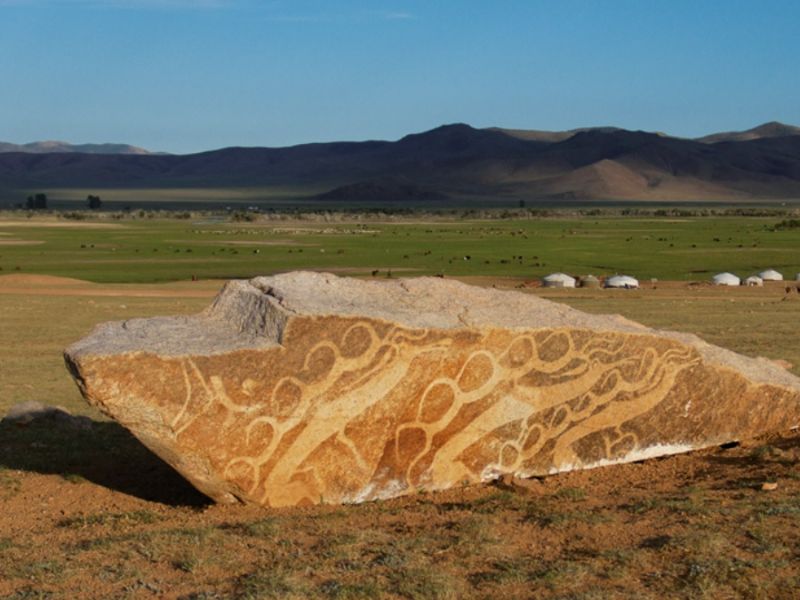
Look out across the site. Have the aliens finally landed? Is that an enormous crop circle? No, this is the dry pond of Montady, a giant dartboard more than 1km wide, formed by patchwork quilt colours of fertile plots of land, radiating outwards from the bull’s eye after the swamp that it once was, was drained in the 13th century, leaving water to flow downward to the centre of the circle.
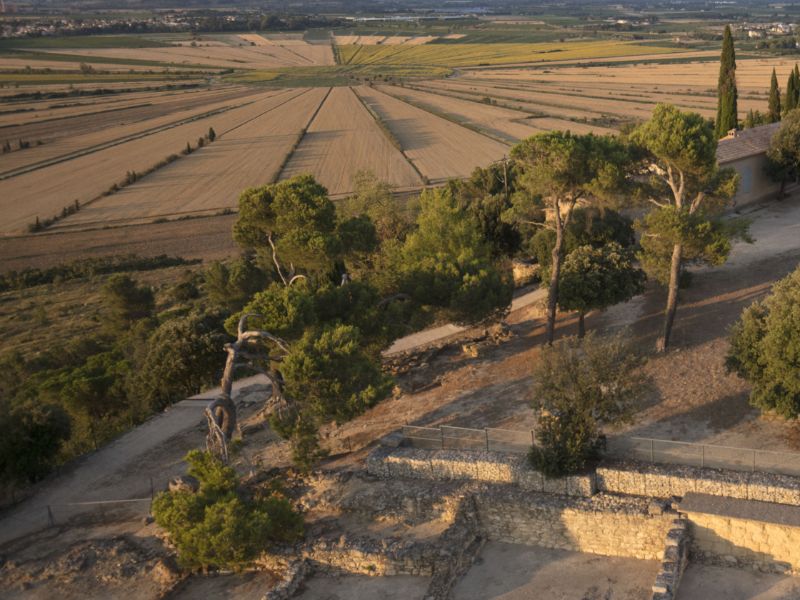
Nearby, you can also visit the Malpas tunnel, Europe’s first navigable canal tunnel, built with much difficulty above a train line, a magnificent feat of engineering from the 1600’s, and the one and only tunnel of the Canal du Midi.
Built in 1679, to continue the canal beneath the Ensérune hill, (Ensérune means ‘the pierced mountain’), an 8 feet wide platform runs along the entire length of the tunnel, so it could be used for a towpath.
According to legend, a hermit lived in the tunnel in the nineteenth century. When he was hungry, he simply dropped down a basket and passing boats would fill it with food.
